Nikon Glass on a Budget
Without a doubt, great glass can make a world of difference for your photography. More often than not, that great glass comes at a great expense. If you aren’t made of money, it can be hard to grow a stable of lenses to cover your needs.
My lenses aren’t high end, but after a few years of experimenting and leap-frogging quality, I’ve settled down with a solid collection that is very reasonably. These lenses are all full frame lenses, but they will of course work with crop sensors.
Philosophy
My goal is to find lenses that get me 80% of the best performance for 20% of the cost. It isn’t always so cleanly divided, but that is the goal. Since many of my lenses are used, 3rd party, and/or purchased gray market, I go for simpler lenses. I avoid image stabilization, since it is a complex bit of lens that can go wrong and cost a lot of money to fix.
Many of my lenses I purchase (and sell) on eBay. Research sold listings to determine good prices. I’ve also had luck with Japanese dealers offering high quality used lenses. Shipping and customs increase the wait time, but I’ve gotten great copies so far.
The Samples
I’ve included some example photos of my own with each of the lenses. These are all processed images, but they were chosen to highlight the abilities on the lenses. I’ve tried to split up into shallow and deeper depth of field. You can click on any photograph to view the full resolution copy.
On to the lenses!
The Normal Zoom
Nikon has, from what I hear, an excellent 24-70 f/2.8 lens. It also retails for $1,800. It makes great photographs, but it’s very expensive, even for an every day walk around lens. Fortunately, there is a great 3rd party alternative. The Tamron 28-75 f/2.8 is a fantastic (and cheap!) lens. This lens retails for $500, but you can find many used copies on eBay. I got mine for < $300.
Pros:
- Fast autofocus
- Great minimum focus distance (just over 1’)
Cons:
- 28mm is definitely not as wide as 24mm
- Not internal focus, so the barrel moves in and out
Samples
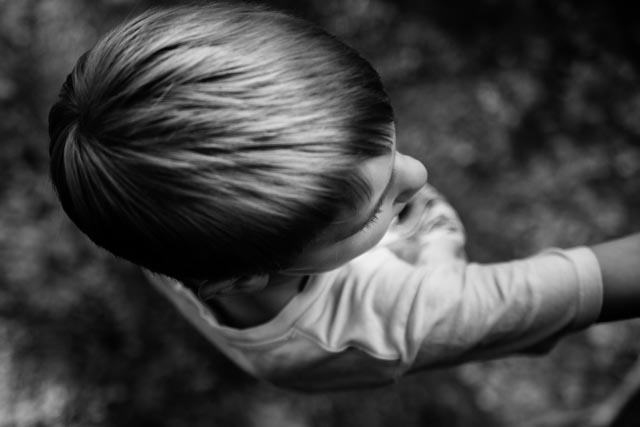 75mm f/2.8 ISO 100 1/400s 75mm f/2.8 ISO 100 1/400s |
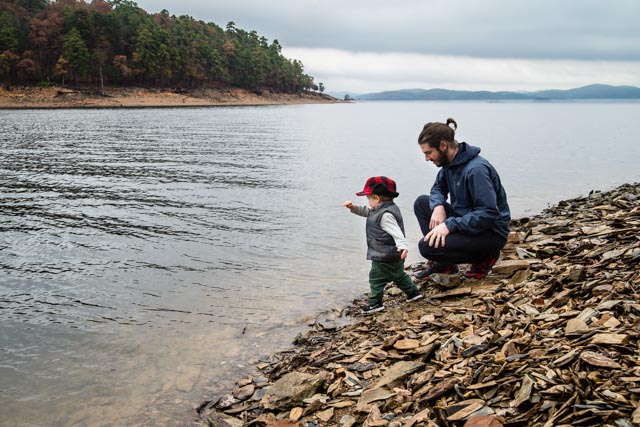 32mm f/7.1 ISO 400 1/320s 32mm f/7.1 ISO 400 1/320s |
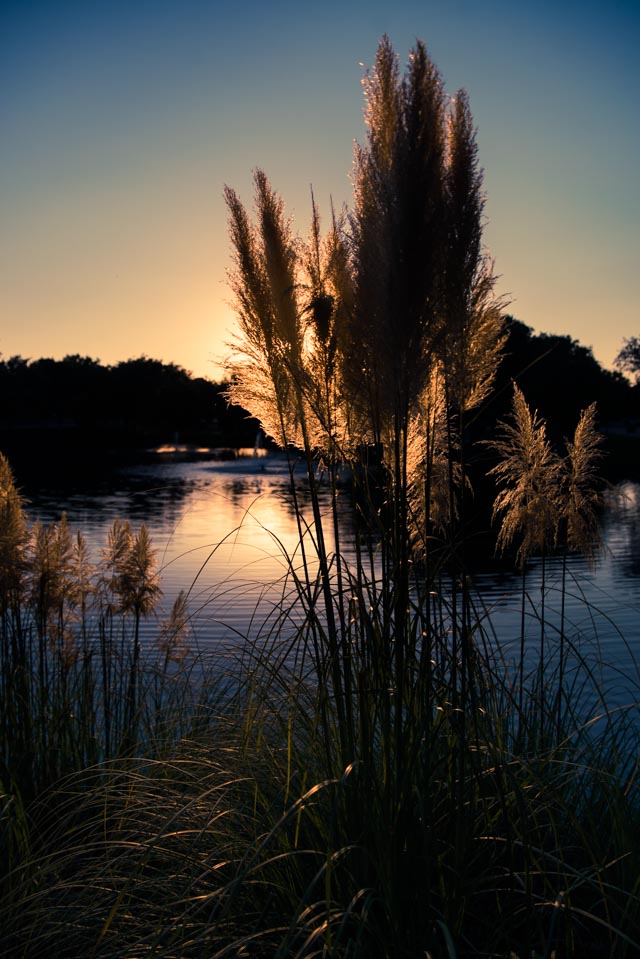 28mm f/4 ISO 100 1/1600s 28mm f/4 ISO 100 1/1600s |
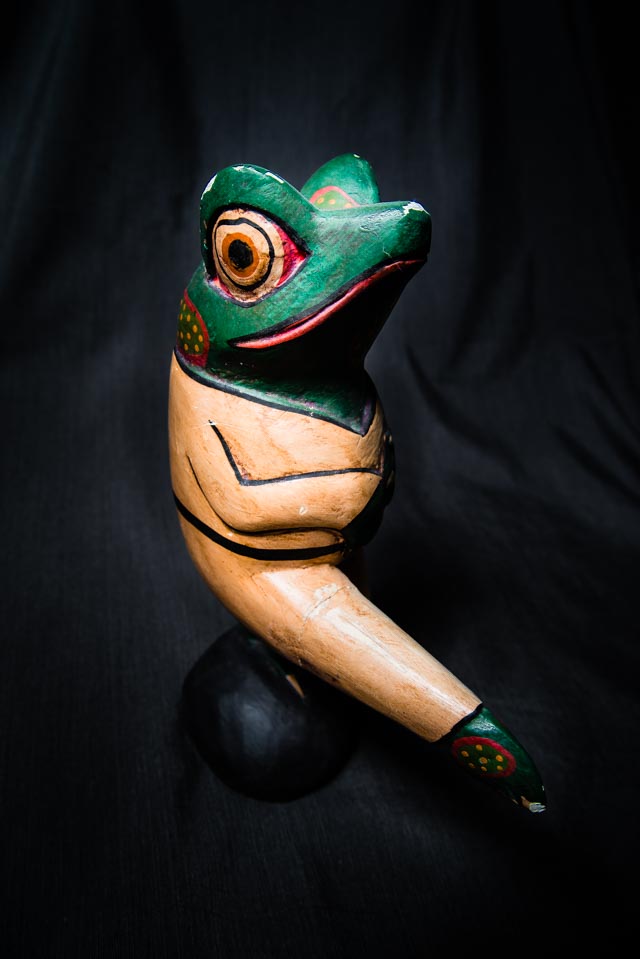 28mm f/8 ISO 200 1/60s 28mm f/8 ISO 200 1/60s |
The 50mm
Both of Nikon’s up-to-date 50mm lenses are great options. I started with the 1.8G (retail $220) and upgraded to the 1.4G (retail $450). The f/1.8 is superb, the f/1.4 is just more better. You can’t go wrong with either one of these.
Samples
 50mm f/1.4 ISO 125 1/1000s 50mm f/1.4 ISO 125 1/1000s |
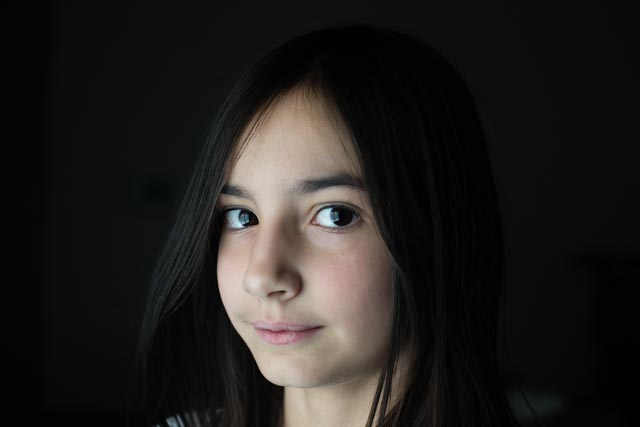 50mm f/5 ISO 200 1/160s 50mm f/5 ISO 200 1/160s |
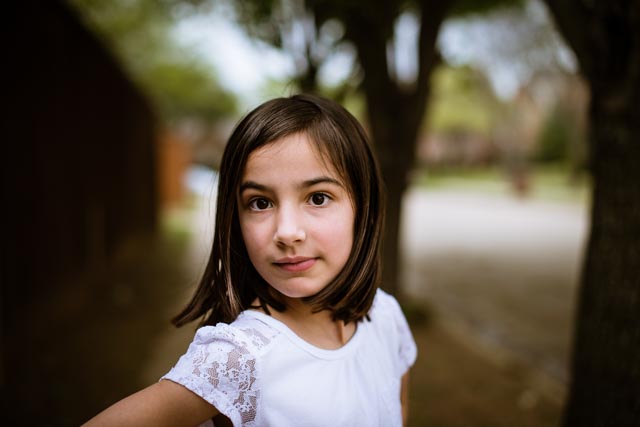 50mm f/2.2 ISO 100 1/400s 50mm f/2.2 ISO 100 1/400s |
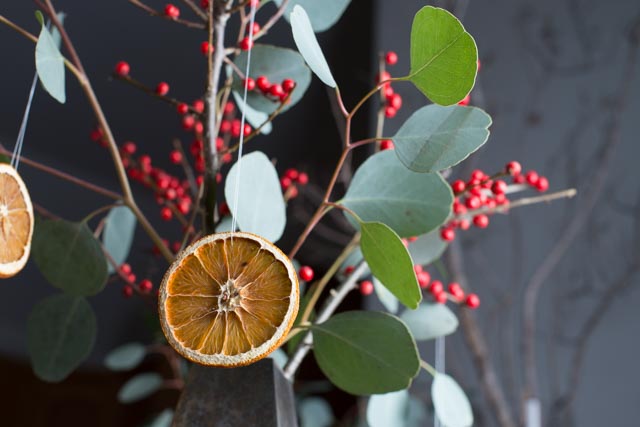 50mm f/7.1 ISO 100 1/160s 50mm f/7.1 ISO 100 1/160s |
The 35mm
There are many options for the 35mm focal length. Sigma has their outstanding 35mm f/1.4 Art (retail $900) lens, and Nikon introduced their 35mm f/1.8G FX (retail $530) lens in 2014. As much as I would love the Sigma Art, I’ve had a tiny and sturdy Nikon 35mm f/2D lens off eBay for $250. This is possibly the weakest of the lenses on this list, but it does an admirable job for the price.
If you shoot DX, the Nikon 35mm f/1.8G DX lens for $200 is the superior choice.
Pros:
- Small and light
- Fast autofocus
- Pleasing bokeh
Cons:
- Not tack sharp wide open
- Plasticky feeling
Samples
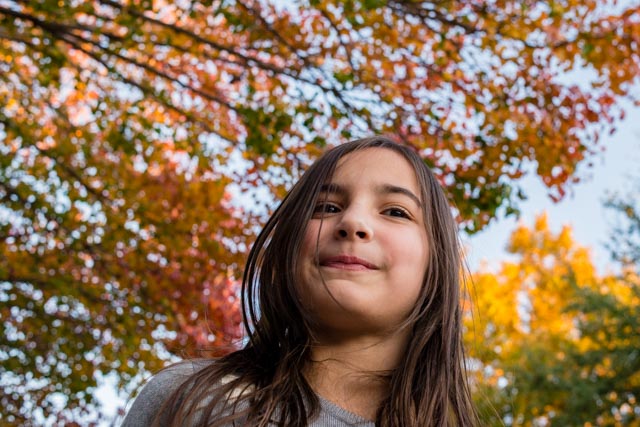 35mm f/7.1 ISO 200 1/100s 35mm f/7.1 ISO 200 1/100s |
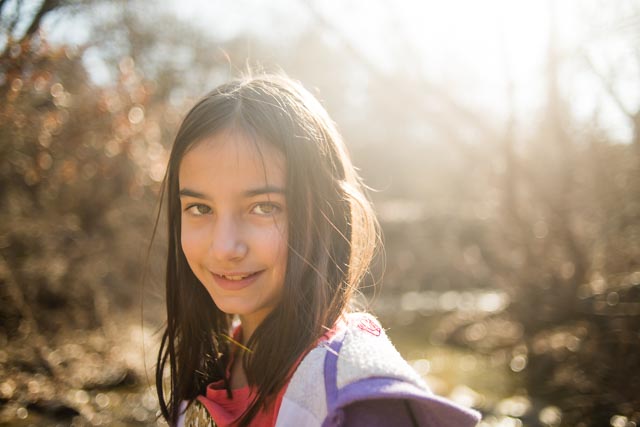 35mm f/2 ISO 200 1/640s 35mm f/2 ISO 200 1/640s |
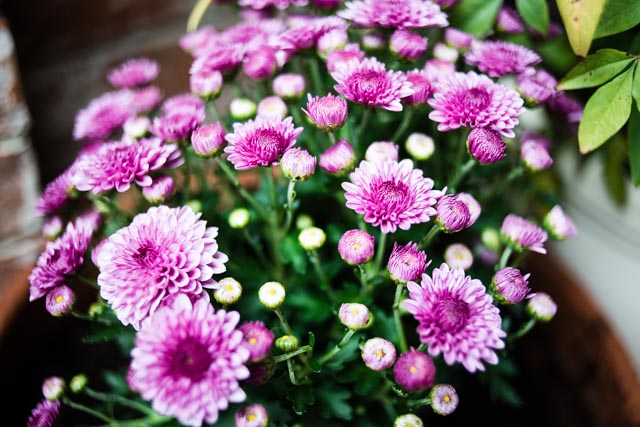 35mm f/2 ISO 400 1/100s 35mm f/2 ISO 400 1/100s |
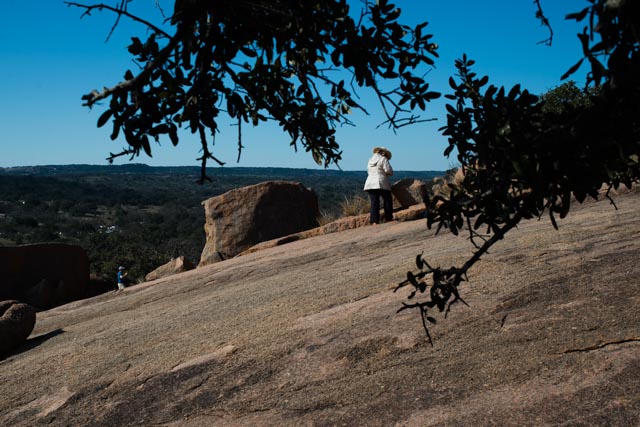 35mm f/9 ISO 200 1/500s 35mm f/9 ISO 200 1/500s |
Going Long
The go-to lens for portraits in Nikon and Canon worlds are the 70-200mm f/2.8 lenses. Nikon’s current incarnation 70-200mm f/2.8G AF-S VR II retails for nearly $2,100. I have not had the pleasure of attaching one of these to my camera. Over the years, Nikon has put out numerous iterations of this telephoto range. Ken Rockwell has a great summary of these lenses.
After much research and deliberation, I settled on the 80-200mm f/2.8 D push-pull lens. This is the later push-pull version. The push-pull is one big combined focus/zoom ring. My copy operates very smoothly and feels great to use and hold. The downside to the push pull can be aiming the lens down, when the ring can creep downward. I bought a pristine copy off eBay from a Japanese seller for about $350.
Pros:
- Image quality is on par with the latest versions
- Built like a tank
- Relatively cheap
- This WAS the pro level lens
Cons:
- No VR, watch your shutter speed
- No tripod collar
- AF speed is adequate but not snappy
Samples
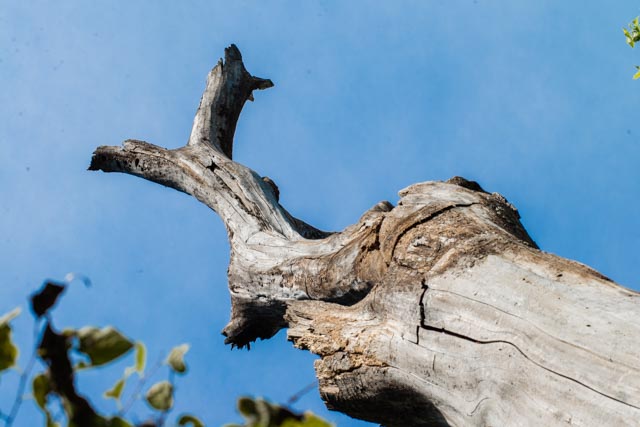 80mm f/11 ISO 400 1/640s 80mm f/11 ISO 400 1/640s |
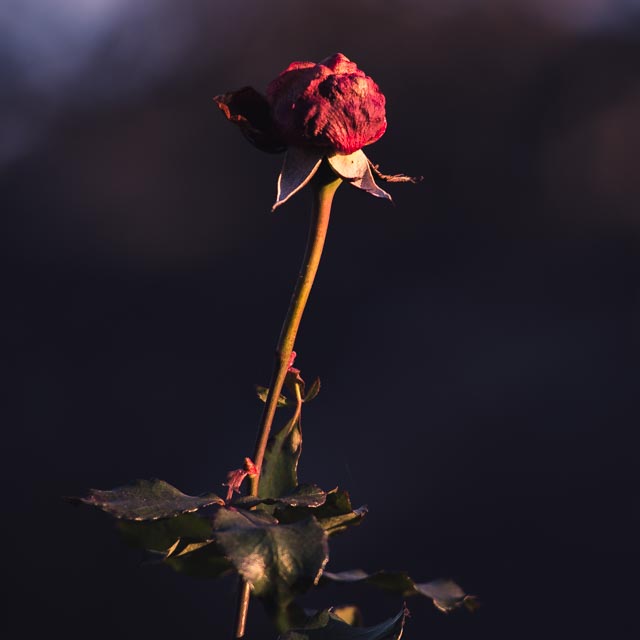 200mm f/5 ISO 200 1/250s 200mm f/5 ISO 200 1/250s |
 200mm f/2.8 ISO 400 1/500s 200mm f/2.8 ISO 400 1/500s |
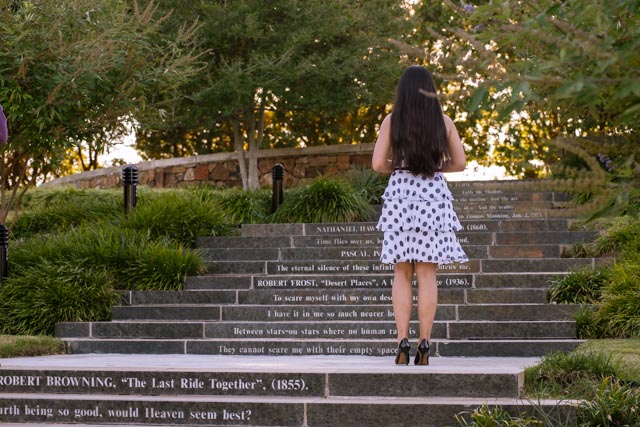 80mm f/5 ISO 1000 1/500s 80mm f/5 ISO 1000 1/500s |
Going Wide
My newest addition is to cover the extreme wide angle range. If I were focused on landscapes, I would probably pick a different lens. Of course, Nikon’s 14-24mm f/2.8G ED (retail $1,900) lens is legendary in this space. My lens, not so legendary. In fact you have probably never heard of it.
In this case, the Tokina 17-35mm f/4 (retail $450) lens is my choice. Tokina also makes a 16-28mm f/2.8 lens that is highly regarded, but it is slightly more expensive and doesn’t play nicely with filters because of the gigantic round front element. So far, this lens has worked really well.
Pros:
- Fast AF
- Sharp
- Great build quality
Cons:
- 17mm may not be wide enough for you
- Massive 82mm filter threads
Samples
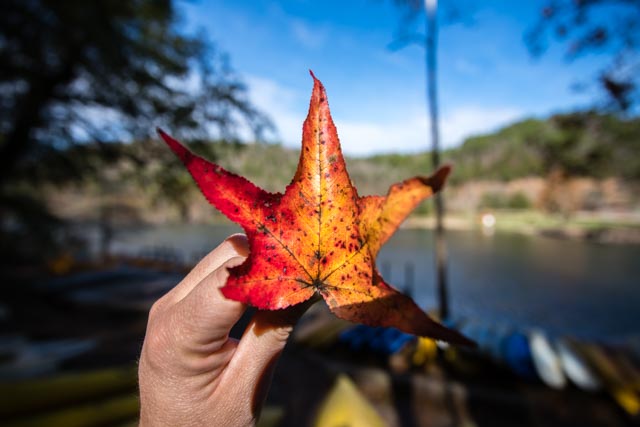 17mm f/4 ISO 200 1/2000s 17mm f/4 ISO 200 1/2000s |
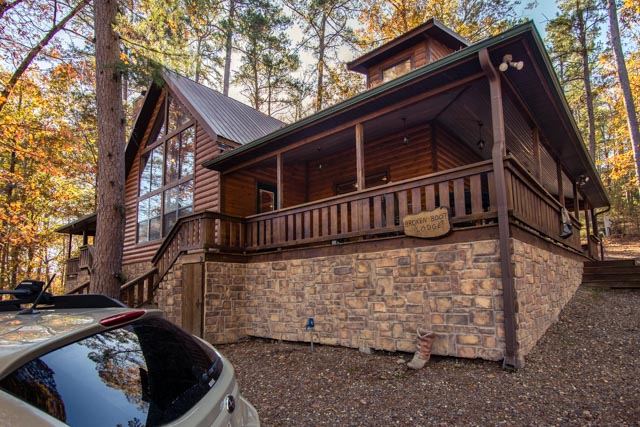 17mm f/5 ISO 200 1/200s 17mm f/5 ISO 200 1/200s |
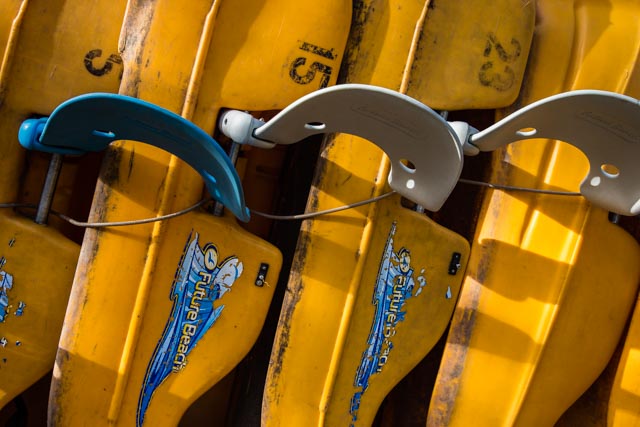 35mm f/7.1 ISO 200 1/250s 35mm f/7.1 ISO 200 1/250s |
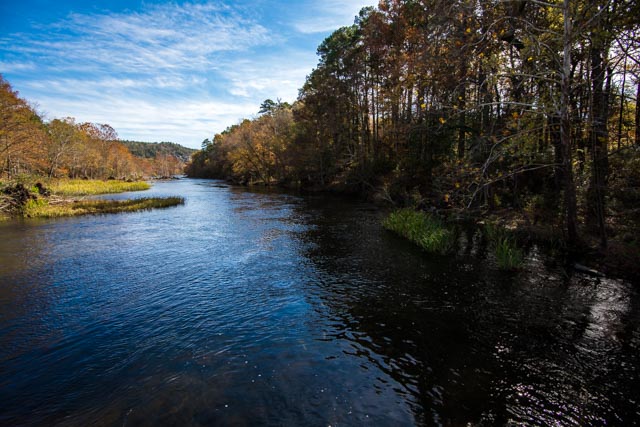 17mm f/7.1 ISO 200 1/400s 17mm f/7.1 ISO 200 1/400s |
Duds
Not all of the lenses have been winners, mistakes have been made.
The Cheap Zoom
When I decided to move to full frame, I had only the 50mm 1.8G that could fill the frame. The camera itself sucked almost all of the cash away (that’s another story). I wanted a zoom to cover a wide range for everything my 50mm couldn’t handle. I settled on the Nikon 28-105mm f/3.5-4.5 AF-D lens.
The good news is it zoomed through it’s whole range and had a respectable macro mode. But the image quality was not stunning. It was plasticky. It wasn’t a very fast lens.
I paid about $120 on eBay for mine, and it got me through the lean times.
Going Wide, part 1
My first attempt at a wide angle was a not-so-well-known Nikon 20-35mm f/2.8D. It was my hope that I would find a diamond in the rough. It turned out, not so much.
The 20-35 was a pro-level lens introduced in 1993. It’s built tough and has internal focusing. And 20mm is relatively wide. I was unfortunately disappointed. The distortion was really bad around the edges, and my images were not particularly sharp. This may have been operator error, but my copy cost $650 on eBay and it did not live up to expectations. From my perspective, the Tokina 17-35mm walks all over this lens and is significantly cheaper.
On the Horizon
The budget lens journey is about finding the point of diminishing returns with regards to quality and cost. I’m not into pixel peeping, so my choices may not be right for everyone. I hope this information helps someone out, there was a lot of research followed by a lot of hand-wringing to get here.
The journey isn’t over, my next target is a tele-ish prime. The candidates are:
- Nikon 85mm f/1.4D - This is one of those legendary lenses, and it can be picked up used for much less than the 1.4G.
- Nikon 105mm f/2 DC - The first in a pair of oddities in the Nikon line.
- Nikon 135mm f/2 DC - The other oddity.
I think I’ll go do some shooting now.
